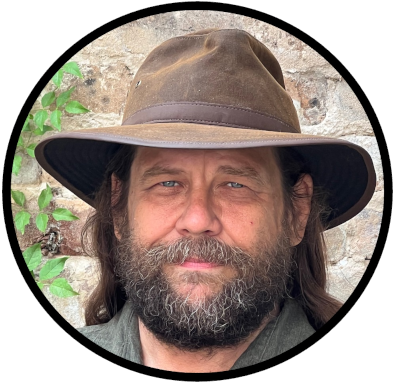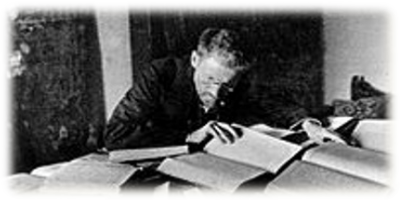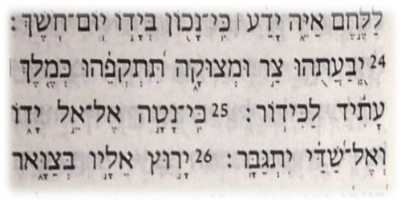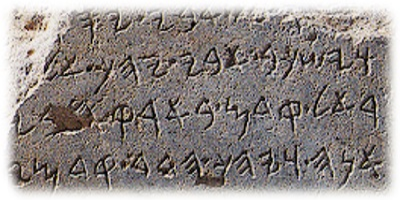Over the past few years there has been a growing number of people who are re-creating the Hebrew alphabet and claiming that the Hebrew pronunciations used today is not Hebrew, but Assyrian and each Ancient Hebrew letter was a syllable; a, ba, ga, da, ha, etc. They call this “alphabet” the “Lashawan Qadash,” their pronunciation of the Hebrew phrase lashon qodesh meaning “holy tongue,” or “holy language.
To illustrate their pronunciation of the Lashawa Qadash, let’s look at Genesis 1:1. According to the Masoretic Hebrew text this verse is pronounced; B’reshiyt bara elohiym et hashamayim v’et ha’arets. But according to this group, the original pronunciation was; Barashayat bara alahayam at hashamayam wat harats.
There are several problems with this “re-creation” of the alphabet. If you attempted to speak Hebrew to someone who knows Hebrew, you would be completely unintelligible and probably mocked for your pronunciation. Those who are making this claim have no evidence to back up it up. The evidence from ancient texts suggests that the pronunciation of the Masoretic text is correct, or at least more correct than this new theory of pronunciation.
Let’s take the name Israel as an example. In Hebrew, this word is pronounced Yis’ra’eyl, but they believe that this was originally pronounced yasharala. While there is no evidence to support this new style of pronunciation, there is evidence to refute it. Here is the name Israel from the Masoretic Hebrew Bible, which dates to about 1,000 AD. - יִשְׂרָאֵל . The first letter is a yud with a “y” sound. This is the vowel pointing for the letter “I”. This is the letter sin, identified by the dot on the left of the letter, and pronounced with an “s,” as opposed to the letter shin, with a “sh” sound, when the dot is on the right. This is the vowel sh’va, which is silent. Here is the letter resh with an “r” sound. Here is the vowel qamats representing the “a” vowel. This is the letter aleph, which is silent. This is the vowel tsere representing the vowel pronunciation “ey.” And lastly the letter lamed with an “l” sound.
However, these vowel pointings were created by the Masorites a thousand years ago and prior to this; this is how this word would appear. Those who teach the Lashawan Qadash are making the claim that this would be pronounced Yasharala. So how do we know if this was originally pronounced yisra’eyl or yasharala? I can’t tell you how it was pronounced 3,000 years ago, but I can tell you how it was pronounced 2,000 years ago. 2,000 years ago the Jews translated the Hebrew Bible into Greek. This Greek translation of the Bible is called the Septuagint. But when it came to names the translators transliterated the names into Greek, which help us to learn how Hebrew was pronounced 2,000 years ago. In the Greek Septuagint the name Israel was written like this and is pronounced Isra’eyl. It is not Yasharala .
Nowhere, in any ancient document, do we find evidence supporting the Lashawan qadash, but we find ample proof supporting the pronunciations found in the 1,000 year old Masoretic Hebrew Bible. I am of the opinion that those who are using this style of Hebrew pronunciation are doing so in order to not have to learn or worry about the rules of pronunciation. They are making a short cut to prevent themselves from having to learn how to pronounce Hebrew words correctly.

Like what you’re discovering? Continue the journey from Bible reader to translator.
|






